Christian jewelry has always held a deep symbolic meaning for believers across the world. Whether it is rings...
- Womens JewelryWomen\'s Rings
- Women\'s Rings
- Women\'s Necklaces
- Women\'s Bracelets
- Earrings for Women
- Cross Necklaces For Women
- Heart Jewelry
- Valentine\'s Day Gifts for Her & Him
- Emerald Jewelry
- Aquamarine Jewelry
- Morganite Jewelry
- Mom jewelry
- Ruby Jewelry
- Sapphire Jewelry
- Evil Eye Jewellery
-
arrow_forward
Men's Rings Men's Rings
-
arrow_forward
Men Bracelets Men's bracelets
-
MenuBack
- .
- CALL FOR ORDER 2105059292
-
WOMEN'S JEWELRY
-
-
RINGS
-
Zircon Solitaire Fine Rings
-
Alphabet ring
-
Name Rings
-
Diamond Rings
-
Rings Silver/Gold
-
Zircon Yellow Gold 14k Fine Rings
-
Eternity Rings
-
Three Stone Diamond Rings
-
Zodiac Rings
-
Aquamarine Rings
-
Diamond Emerald Rings
-
Morganite Engagement Rings
-
Chevalier Rings
-
Mom Ring
-
-
-
BRACELETS
-
Gold/Silver Bracelets
-
Letters Bracelets
-
Custom name bracelet
-
Zodiac
-
Diamond Bracelets
-
-
-
NECKLACES
-
Diamond Necklaces
-
Necklaces Silver/Gold
-
Evil Eye Necklace
-
Name Necklaces
-
Zodiac Pendants
-
Rosary Necklace
-
Necklaces for Moms
-
-
-
EARRINGS
-
Earrings Gold/Silver
-
Diamond Earrings
-
Dangling Earrings
-
-
-
CROSSES
-
Christian Baptismal Crosses
-
Diamond Crosses for Women
-
-
-
MEN'S JEWELRY
-
-
Men Rings
-
Signs & Symbols Rings for Men
-
Mens Gemstone Rings
-
Mens Skull Rings
-
Mens Christian Rings-Religious Rings for Men
-
Animal Rings for Men
-
Economic Line
-
-
-
Men BraceletsMen Bracelets
-
BRACELETS
-
-
-
CufflinksCufflinks
-
Classic Cufflinks
-
Fashion Cufflinks
-
-
-
Men's NecklacesMen's Necklaces
-
-
-
Men CrossesMen Crosses
-
MEN'S CROSSES
-
-
-
WEDDING BANDS
-
Latest posts
-
 Why People Connect with Christian JewelryRead more
Why People Connect with Christian JewelryRead more -
 Lab-Created Diamonds03/21/2025Read more
Lab-Created Diamonds03/21/2025Read moreUnderstanding Lab-Created Diamonds Lab-created diamonds are gemstones engineered in scientific facilities. They...
-
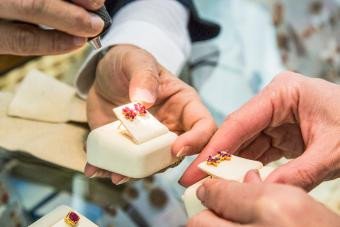 6 Suggestions for Selecting Jewelry as a Gift (That They’ll Truly Appreciate)03/13/2025Read more
6 Suggestions for Selecting Jewelry as a Gift (That They’ll Truly Appreciate)03/13/2025Read moreJewelry is a heartfelt present. Here’s how to ensure you choose something your loved one will cherish.
-
 Χριστιανικά Κοσμήματα: Διαχρονική Πίστη και Ομορφιά12/28/2024Read more
Χριστιανικά Κοσμήματα: Διαχρονική Πίστη και Ομορφιά12/28/2024Read moreChristian jewelry is a unique category of jewelry that combines spirituality with aesthetics. On our website,...
-
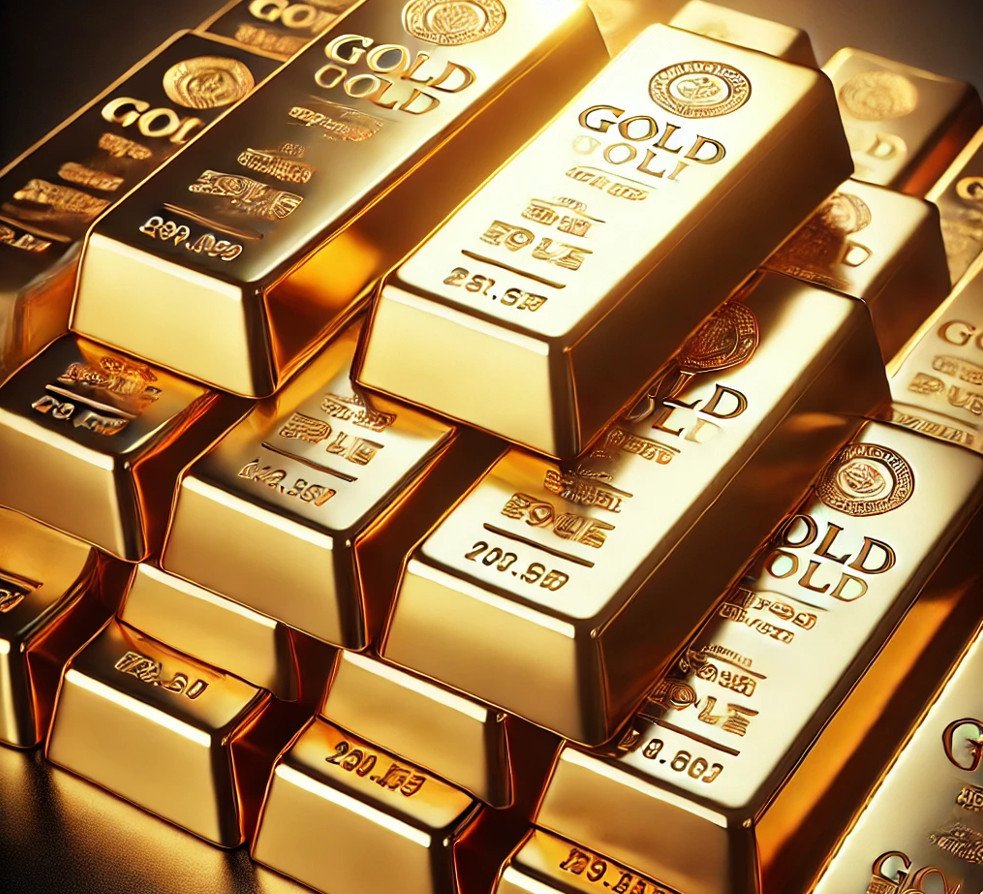 The Golden Age of Investing: The Trail of Gold Over the Last 20 Years10/05/2024Read more
The Golden Age of Investing: The Trail of Gold Over the Last 20 Years10/05/2024Read moreGold has always been one of the most precious metals and a traditional store of wealth. Its value is based on its...
-
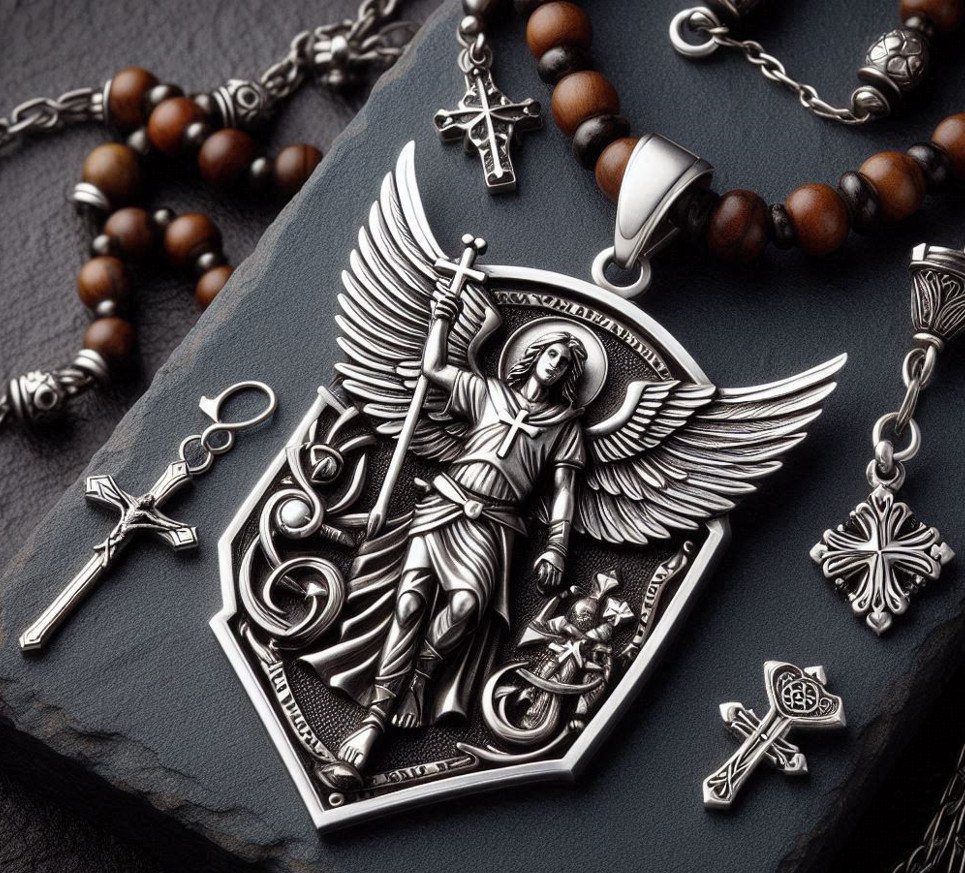 The Charm of Christian Jewelry by VisionGold.org Workshop08/19/2024Read more
The Charm of Christian Jewelry by VisionGold.org Workshop08/19/2024Read moreChristian jewelry holds a special place in the hearts of believers, as it combines spirituality with artistic...
-
 From Heart to Hand: Tips & Ideas to Give a Promise Ring06/15/2024Read more
From Heart to Hand: Tips & Ideas to Give a Promise Ring06/15/2024Read moreTake your relationship to the next level with one of our creative and romantic ways to give your partner a promise ring.
-
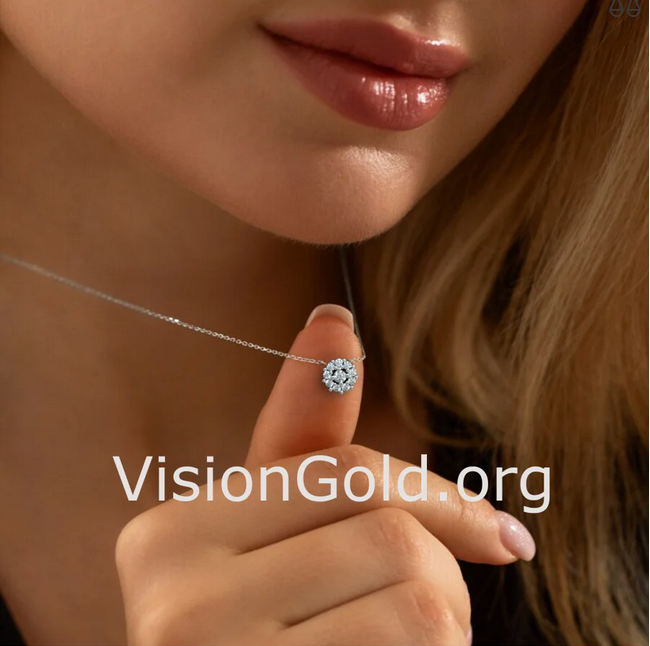 6+1 Tips for Buying Jewelry as a Gift (They'll Really Love)06/01/2024Read more
6+1 Tips for Buying Jewelry as a Gift (They'll Really Love)06/01/2024Read moreJewelry is a gift from the heart. See how you can choose the right piece for your loved one
-
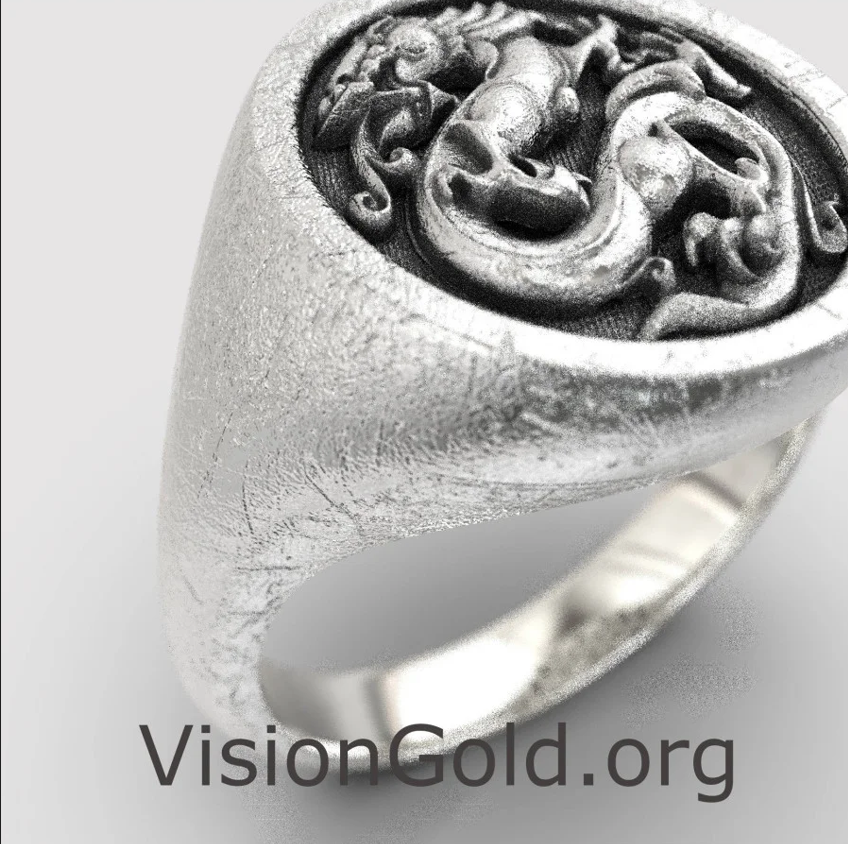 5 rules to wear rings | Ring Symbolism02/29/2024Read more
5 rules to wear rings | Ring Symbolism02/29/2024Read moreHow do you know when a person is married? You look at his hand for a ring. That is the power of this small circular...
-
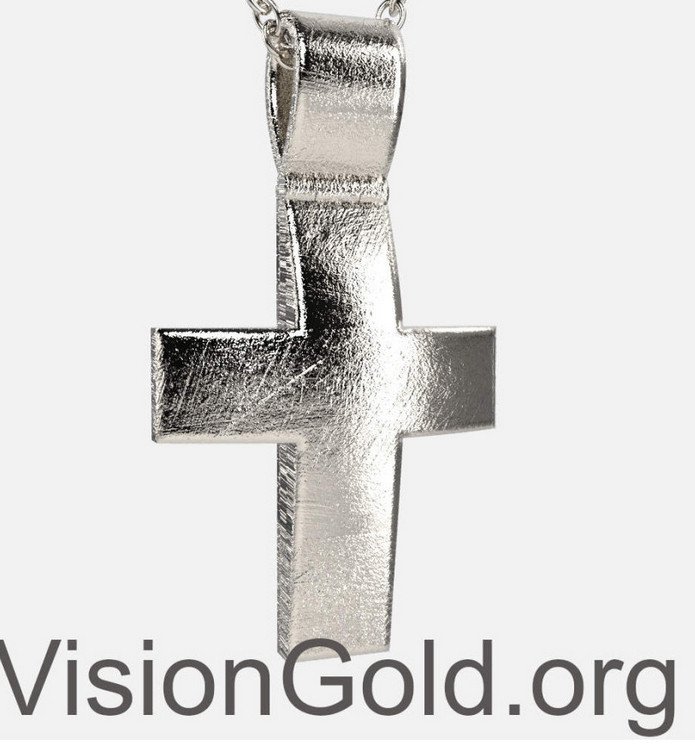 Men's Necklaces: Expressive Trend and Symbolism12/03/2023Read more
Men's Necklaces: Expressive Trend and Symbolism12/03/2023Read moreMen's necklaces have dynamically invaded the field of men's fashion, now being an essential accessory that gives...
Blog categories
Search in blog
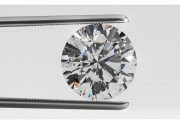
How much does a diamond cost?
How much does a diamond cost?

There is nothing more special and timeless than a diamond, but how much does owning one of these gemstones cost? How much does a diamond cost? The average price can range from € 1,500 for a 0.5 carat diamond to € 21,000 for a two carat diamond.
The truth is that the answer to this question is not easy, because the price of a diamond can vary depending on various factors, such as purity, color, cut, carat, shape and fluorescence.
# 1 Clarity

It is common for diamonds to contain internal and external defects, known as inclusions and spots, respectively. The degree of Purity of a diamond is an assessment of the number and location of these internal and external defects. The Gemological Institute of America (GIA) assigns a degree of clarity to each diamond using this scale:
Flawless: No inclusions or spots under 10x magnification are visible.
Internally flawless: No inclusions, but some spots are visible at 10x magnification.
Very, Very slightly included: Inclusions are present, but difficult to see under 10x magnification.
Very lightly included: Small inclusions exist and may or may not be visible at magnifications below 10x.
Slightly included: Inclusions exist and are visible at 10x magnification.
Included: Inclusions are obvious at 10x magnification and can affect the appearance of the diamond.
The difference from grade to grade may not be visible to the untrained eye, but the degree of Clarity may affect its value. Diamonds that are higher on the clarity scale are usually worth more than diamonds that are lower on the scale. Flawless diamonds are the most valuable, but they are extremely rare.
# 2 Color

The color of the diamond can also affect the price. The color of a diamond is graded on a scale ranging from D to Z, where:
D, E, F: Colorless
G, H, I, J: Nearly colorless
K, L, M: Pale color
N, O, P, Q, R: Very light color
S, T, U, V, W, X, Y, Z: Light color
The lower the diamond falls in the color scale, the lower its value. For example, a diamond with a grade of "G" will have a lower value than a diamond with a grade of "E". This is because colorless diamonds are much rarer than yellow or brown diamonds, which makes them much more valuable as well.
# 3 Cutting

People often refer to the shape of the diamond as its cut, but the two terms should not be used interchangeably. The cut determines how the diamond will shine, while the shape simply describes its shape. The GIA only assigns cutting points to round shiny diamonds, however retailers may have their own scoring system to evaluate the cutting of other types of diamonds.
The degree of cut of the diamond evaluates:
Brilliance
Fire
Scintillation
Weight ratio
Symmetry
Cutting can have a significant impact on the price of a diamond. Diamonds with excellent cuts are more valuable and therefore more expensive.
# 4 carats

A carat is a unit of measurement used to express the weight of a diamond. One carat equals 0.20 grams or 0.007 ounces.
Larger diamonds are rarer, so diamonds usually increase in price as they increase in carats.
The increase in the cost of a diamond is not always proportional to the increase in its size. A two carat diamond will not necessarily cost twice as much as a one carat diamond, for example. This is because carat is one of the many properties that affects the price of a diamond, so other factors must be taken into account when calculating the value of a diamond.
# 5 Figure
Another factor that affects the cost of a diamond is its shape. Although prices may vary depending on the shape, there is a consensus that the round shape is the most expensive. Some shapes include Round, Princess, Oval, Radiant, Marquise, Pear, Heart, Cushion, Emerald and Asscher.
Why does the shape of the diamond affect its price? Diamond cutters lose part of the original stone when they cut diamonds and the amount wasted will vary depending on the shape.
Much of the original diamond is wasted when cutting a round diamond, for example, so this shape usually has a higher price per carat. Other diamond shapes have less pulp when cut, making them more affordable.
# 6 Fluorescence

About 30% of diamonds have fluorescence, which means that they emit a soft shine when placed under ultraviolet (UV) light.
Fluorescence can have either a positive or a negative effect on the price of a diamond. The blue glow can cancel out the yellow-brown hue of a diamond with a low color, making it colorless. For this reason, the fluorescent effect can increase the value of these diamonds.
Fluorescence can create a slightly cloudy or greasy appearance on diamonds that are colorless or almost colorless. This can make the diamond look less desirable, thus reducing the value and cost of the gemstone.
# 7 The GIA Diamond rating report
Retailers will provide information on the cut, color, clarity, carat, shape and fluorescence of the diamond. It is in your best interest to verify the information of a diamond by referring to the GIA Diamond Rating Report.
This report analyzes this information in a way that is legible and understandable. This report contains information about carat weight, color grade, clarity grade, cut grade (round diamonds only), symmetry, fluorescence, proportions, location of inclusions and bad and inscriptions (if any) ).
It is important to check this report thoroughly so that you can verify the value of the stone before you buy it. VisionGold® offers this report for all the diamonds that our single stone rings have !!!
Related posts
-
 VisionGold Εργαστήριο Κοσμημάτων
Posted in: Jewelery buying guide05/21/2022χρυσοχοεια αθηνα,ερμου εργαστηρια,χρυσοχοιασ αθηνα κεντρο,εργαστηριο χρυσοχοιασ συνταγμα,εργαστηριο ασημικων...Read more
VisionGold Εργαστήριο Κοσμημάτων
Posted in: Jewelery buying guide05/21/2022χρυσοχοεια αθηνα,ερμου εργαστηρια,χρυσοχοιασ αθηνα κεντρο,εργαστηριο χρυσοχοιασ συνταγμα,εργαστηριο ασημικων...Read more -
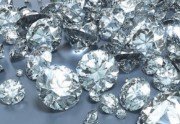 Επιλέξτε το σωστό διαμάντι για το μονόπετρο δαχτυλίδι σας
Posted in: Jewelery buying guide05/21/2022Τα διαμάντια είναι παντοτινά και φυσικά ο καλύτερος φίλος μιας γυναίκας........ Παρόλα αυτά είναι υπερτιμημένα και...Read more
Επιλέξτε το σωστό διαμάντι για το μονόπετρο δαχτυλίδι σας
Posted in: Jewelery buying guide05/21/2022Τα διαμάντια είναι παντοτινά και φυσικά ο καλύτερος φίλος μιας γυναίκας........ Παρόλα αυτά είναι υπερτιμημένα και...Read more -
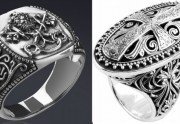 Οδηγός αγοράς ανδρικών δαχτυλιδιών
05/21/2022Η πλειοψηφία των ανδρών πιθανότητα θα φορέσει μόνο ένα δαχτυλίδι στην ενήλικη τους ζωή αυτό είναι η Βέρα τους. Ένα...Read more
Οδηγός αγοράς ανδρικών δαχτυλιδιών
05/21/2022Η πλειοψηφία των ανδρών πιθανότητα θα φορέσει μόνο ένα δαχτυλίδι στην ενήλικη τους ζωή αυτό είναι η Βέρα τους. Ένα...Read more -
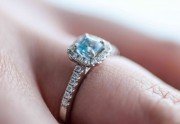 Πρόταση γάμου από την οπτική της γυναίκας
Posted in: Wedding proposal with engagement ring05/21/2022Πρόταση γάμου από την οπτική της γυναίκας Αχ, ο ρομαντισμός της προτάσεις γάμου, τα λουλούδια η μουσική το φως των...Read more
Πρόταση γάμου από την οπτική της γυναίκας
Posted in: Wedding proposal with engagement ring05/21/2022Πρόταση γάμου από την οπτική της γυναίκας Αχ, ο ρομαντισμός της προτάσεις γάμου, τα λουλούδια η μουσική το φως των...Read more -
 What Is The Ideal Necklace Length For Each Set - A Mini Jewelery Classification Guide
Posted in: Jewelery buying guide05/24/2022We are women and few of us have the ability to be submissive to ornaments. Their brilliance exudes a distinct...Read more
What Is The Ideal Necklace Length For Each Set - A Mini Jewelery Classification Guide
Posted in: Jewelery buying guide05/24/2022We are women and few of us have the ability to be submissive to ornaments. Their brilliance exudes a distinct...Read more


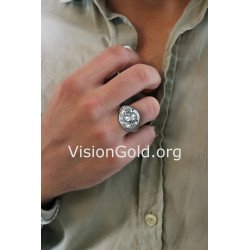
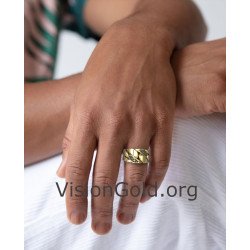
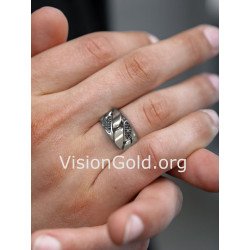
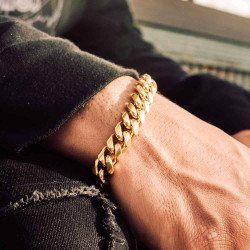
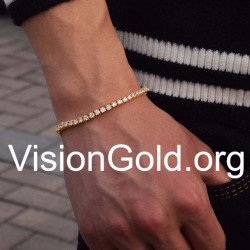

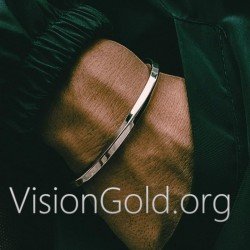
Leave a comment